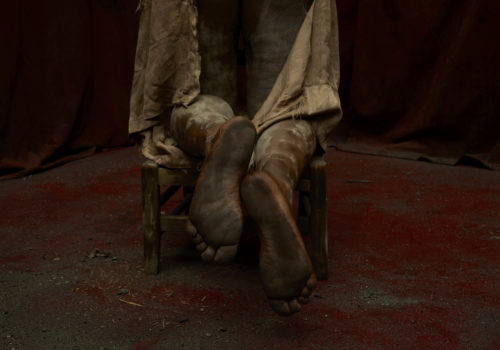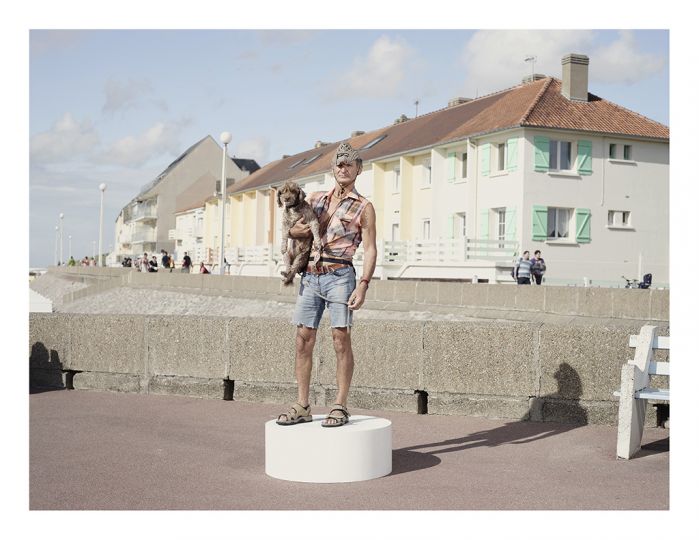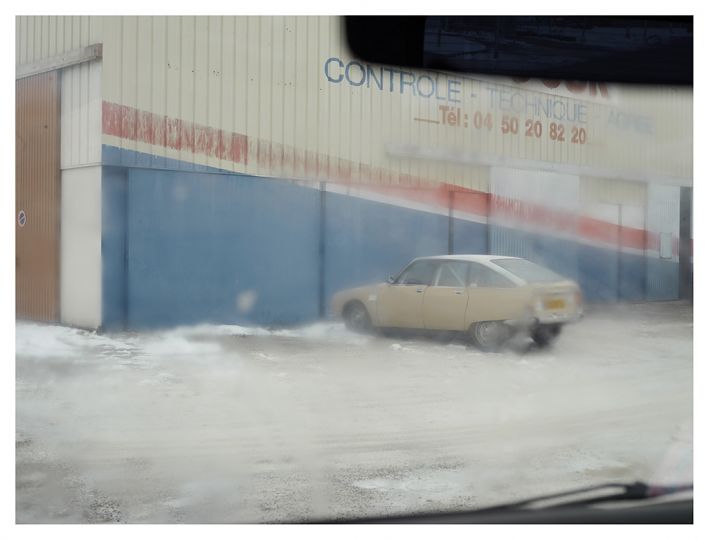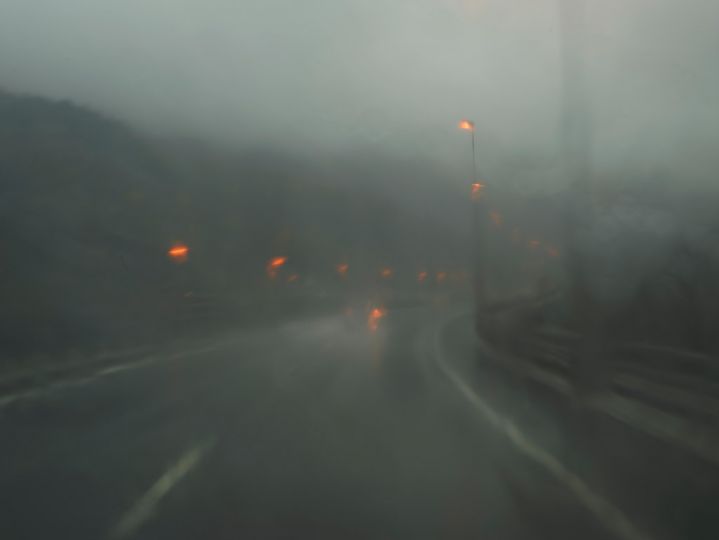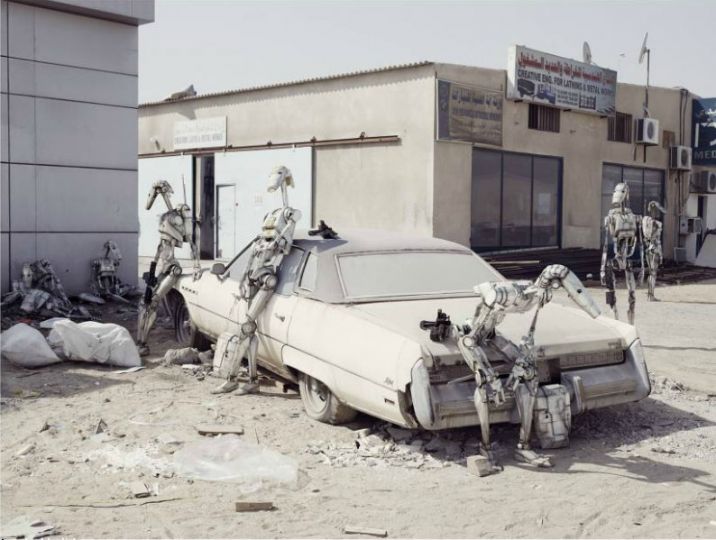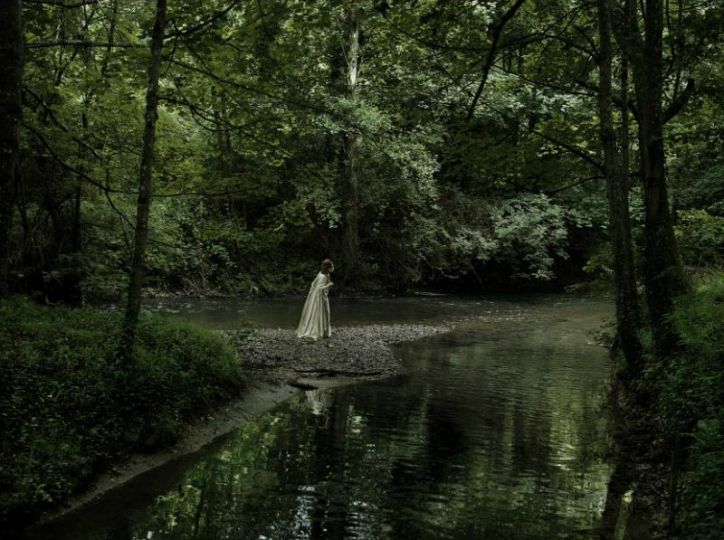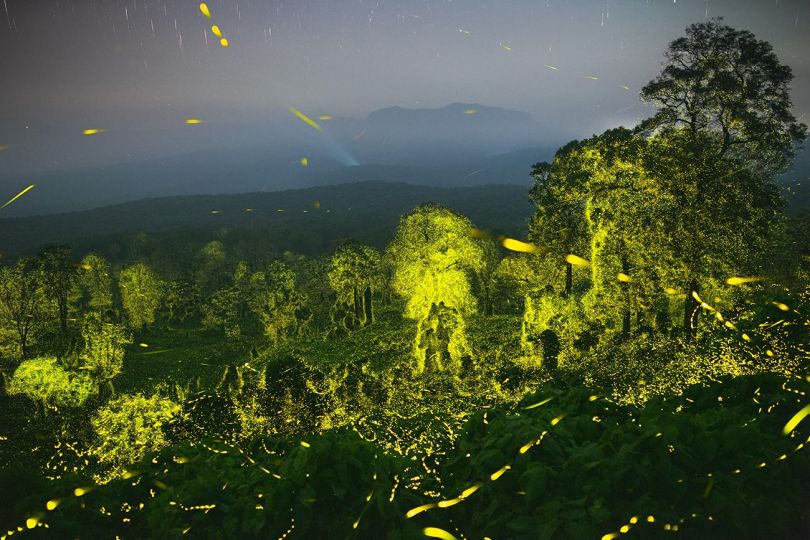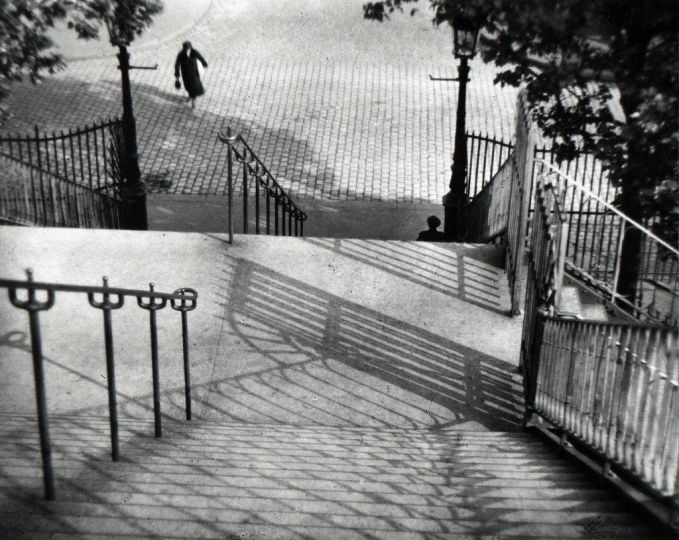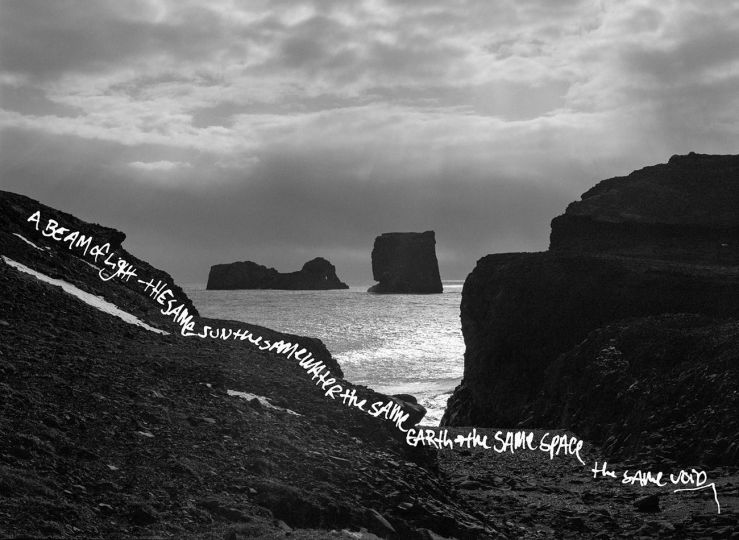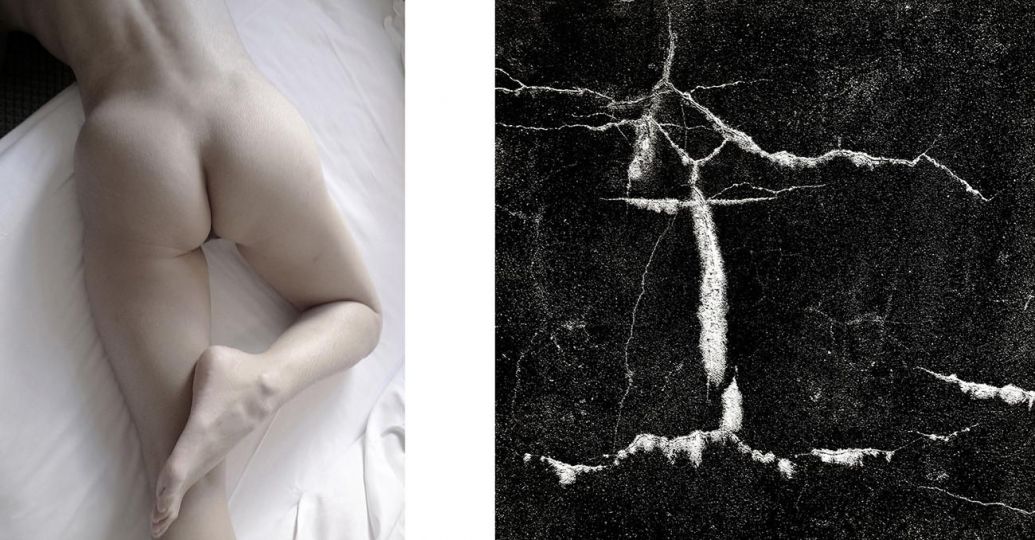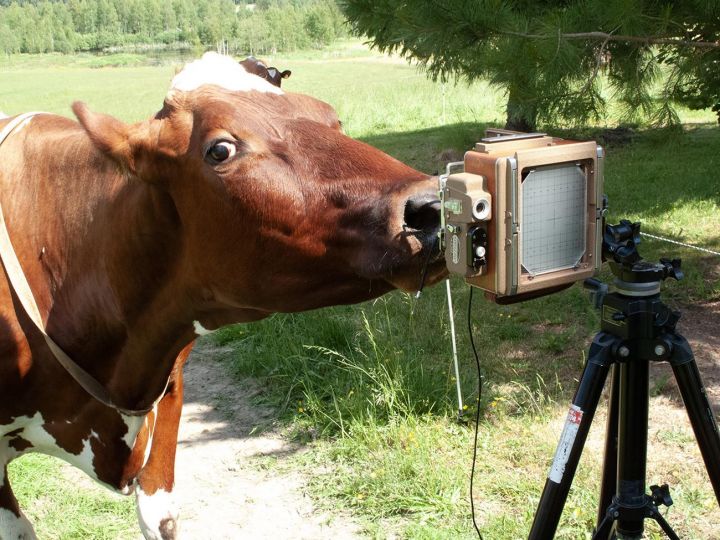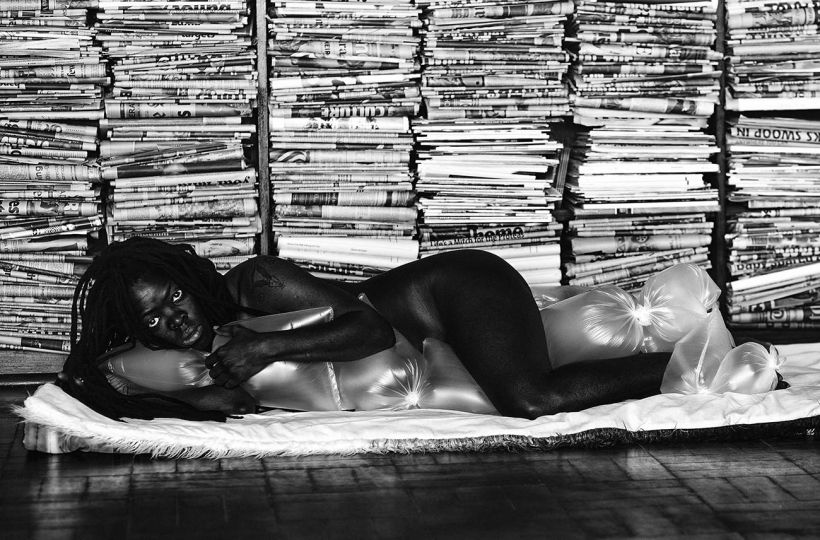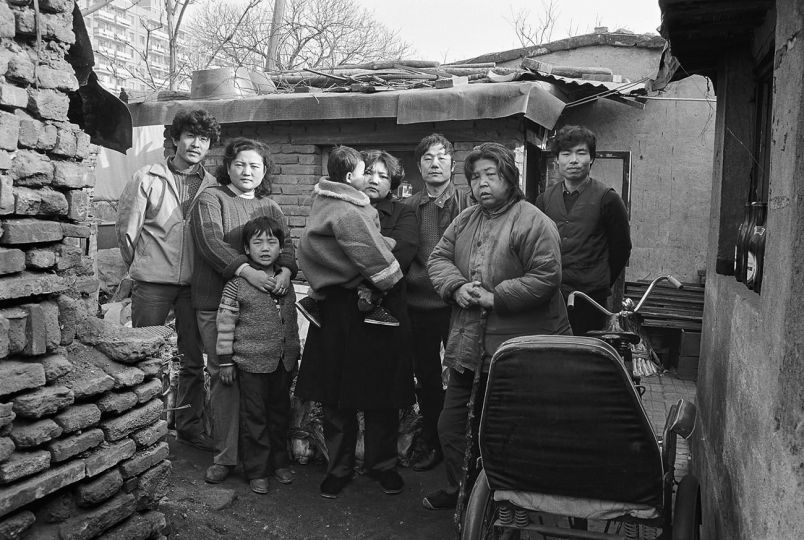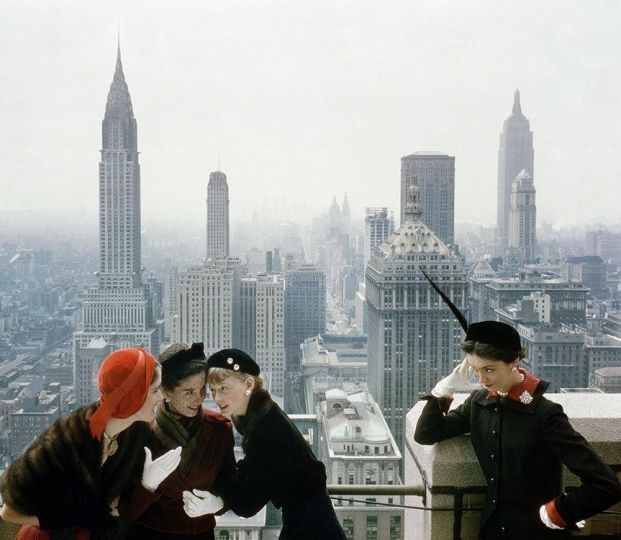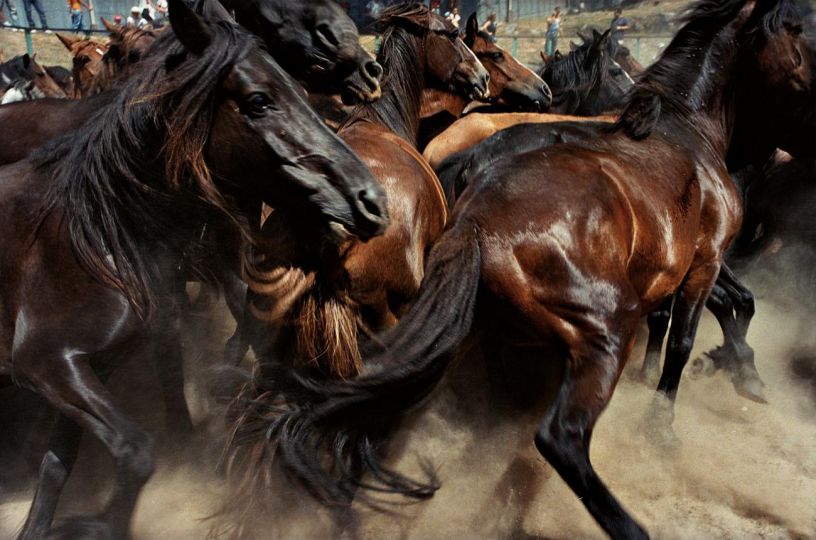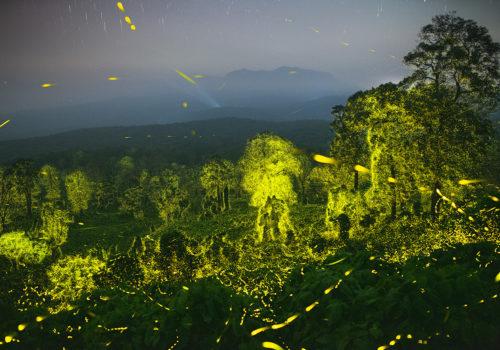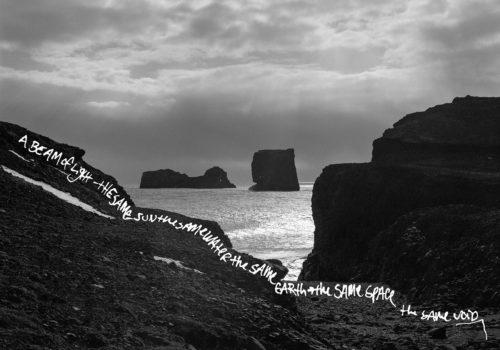After Dark Lens and Zone de repli, Cédric Delsaux is presenting a new series entitled Underground Society at the Wild Project Gallery in Luxembourg. We have interviewed the photographer whose selected images from Dark Lens are currently on view in the exhibition Space Oddity at the Maison des Arts de Créteil, as part of the Month of Photography Grand Paris.
Your series, Underground Society, seems to break away, or at least mark a turning point, from your earlier work in Dark Lens and Zone de repli. It no longer negotiates “with reality” but stages everything anew. Are you aware that this shift can be disruptive?

